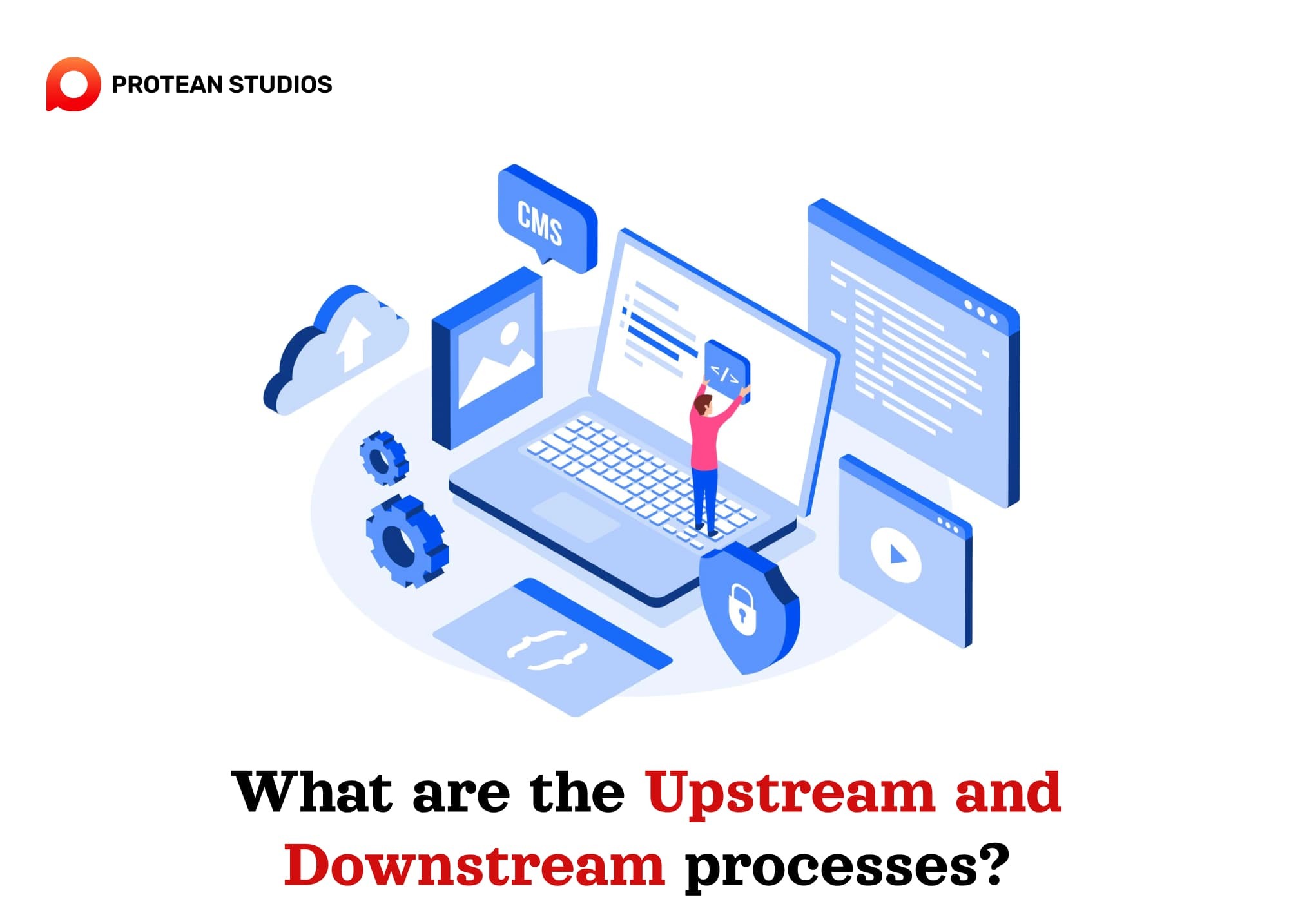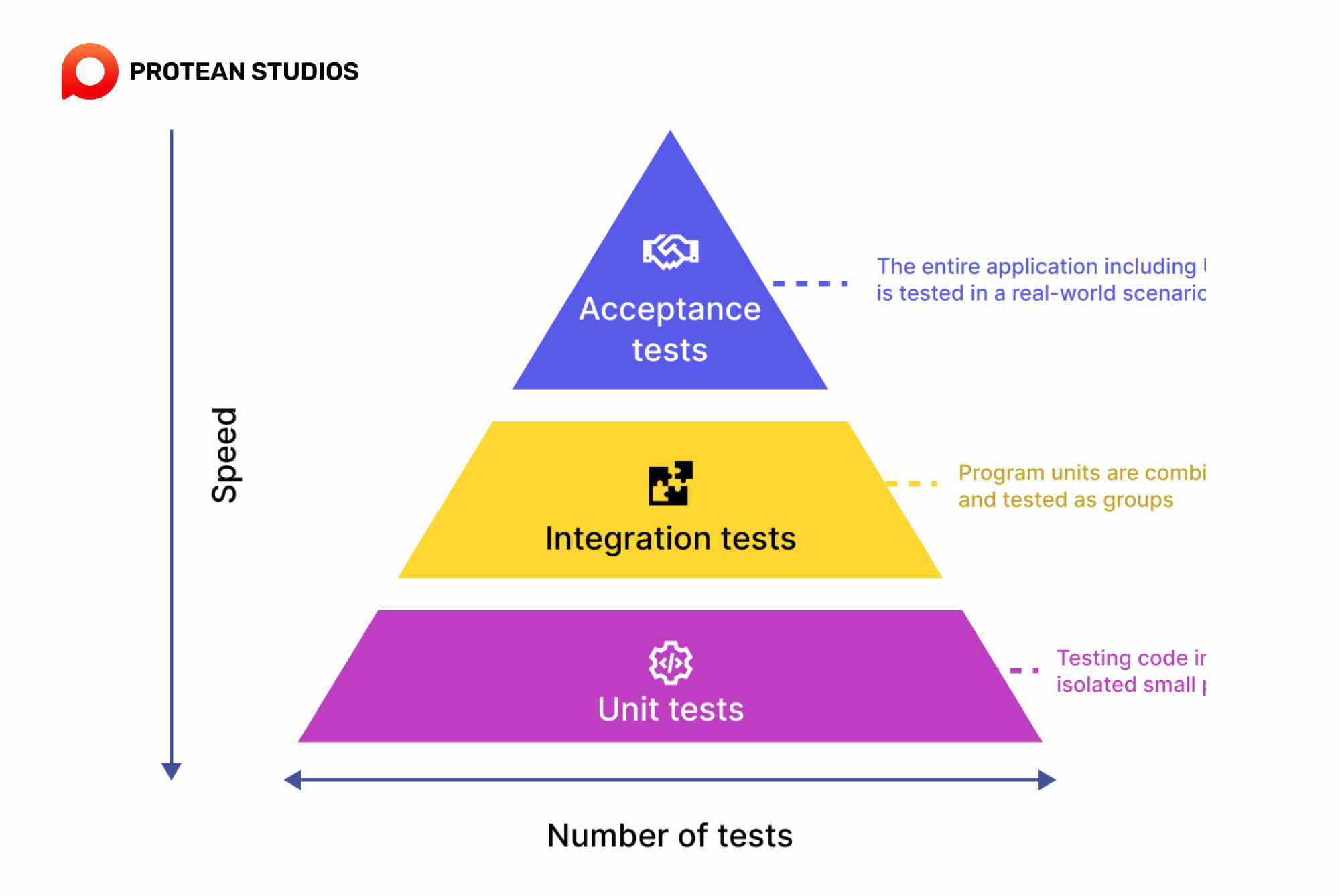In the software development process, developers will divide it into two different phases. It is the upstream and downstream processes and understanding these processes will help you understand the whole of the software journey. Thus, teams work together better and ensure smoother project success. In this discussion, we'll dive into the upstream and downstream roles in software development and why they matter for building new software.
What are the upstream and downstream processes?
Before understanding the software development lifecycle (SDLC), you need to know the terms upstream and downstream, as follows:
1. About upstream
This term refers to the first half of the system development process (from system planning to detailed design). The phase will carry out system conception, development planning, and design. This is the foundation of the system, so if you don't create a solid foundation here, you won't be able to complete the software product when you incorporate it.

This is an activity that provides raw materials, foundational elements, or earlier stages of development for later processes (upstream). Key activities in this process are market research, feasibility studies, and creating a roadmap for development. During the upstream phase, clear communication and collaboration are crucial to setting the project on the right course.
2. About downstream
When the upstream process is completed, downstream processes occur later in the software development lifecycle. It includes activities related to implementation, coding, testing, deployment, and maintenance. This is where the conceptualized ideas take shape into tangible software, and the focus shifts towards execution and delivery.
Collaboration remains important during the downstream phase, but the emphasis is on coding standards and testing protocols to ensure that the software meets the specified requirements. Deployment, user training, and ongoing maintenance for software products also fall under the downstream category.
>>> Learn more: Understanding Software Development
The main upstream and downstream processes in software development
The upstream and downstream are two important processes in the software development lifecycle. Each phase will have different tasks to complete the new software. You can see clearly below:
#Upstream process
This process will undergo four phases to shape and build the layout for the development plan, like:
1. System planning
The upstream process begins with system planning. During this phase, stakeholders define the goals, scope, and requirements of the software project. It involves understanding user needs, business objectives, and technical constraints. This plan is fundamental for developers to carry out and deploy suitable software.
2. Requirement definition
Once the system planning is complete, the next step is to gather detailed requirements. This is a process of sorting out requests for future system development.
What kind of system does the customer want?
What does the customer want to do with that system?
What functions does the customer want to have, and what performance do we desire?
If the customer is unable to create a list of information necessary for systematization, a development vendor or testing company may do this for them. This involves the analysis of functional and non-functional requirements from stakeholders.
3. Basic design
Based on the list of requirements and business flow created in the previous process, you can list the functions required for systemization. And then, create a list of input/output items (list of screens and forms, transition diagrams, item definitions, database ER, etc.).
Thus, architects and designers create high-level design specifications. They define the system's architecture, modules, components, interfaces, and data structures. The goal is to establish a blueprint for building the software.
4. Detailed design
Based on the deliverables created in the basic design, a developer will create a design document for each program, taking into account the feasibility of the function.
For example, the basic design for a need such as “I want to create an e-commerce site where you can search by entering a product name”, which requires “a database that handles the TOP page, search results page screens, and product inventory.''
In this situation, you will create a basic table design for the screen image database. And in the detailed design, you also design how the program behaves when users press the search button after entering the search term on the top page.
# Downstream process
Downstream is the later phase of software development. Thus, this process needs more steps like programming, testing, deploying, etc. to bring software to the final users.
1. Programming
With the detailed design as a guide, developers translate the plans into actual code. They will write clean, efficient, and well-documented code for each component. Thus, this step is crucial for building the core functionality of the software.
2. Unit Test
Developers create unit tests for individual components (units) of the software, testing them in isolation to ensure they function according to their specifications. This catches errors early in the development process and fix.

3. Integration Test
This phase verifies that different components communicate and work together as intended. It identifies issues at the system level before moving further.
You can reference this phase more through Unraveling Software Testing.
4. System Test
In this step, the tester will test the entire system in its intended environment, mimicking real-world scenarios. This ensures the software meets all functional and non-functional requirements.
5. Acceptance testing
Stakeholders (including clients) perform acceptance testing to verify whether the software meets their requirements. If there are no errors, the software is ready for deployment.
6. System Deployment
Finally, developers will deploy the software to the target environment, making it accessible to users. This includes configuration, installation, and ensuring smooth operation.
The upstream and downstream processes: What is the difference?
The upstream and downstream play an important role in the SDLC. Yet, to understand the difference between these processes, you can see more in the table below.
Feature | Upstream Process | Downstream Process |
Focus | Laying the foundation |
|
Examples |
|
|
Outputs | Defined requirements, architecture, and code | Tested and validated software, systems, and deployment |
Flow | Feeds into downstream processes when developing software | Relies on inputs from upstream processes |
Direction | Conceptual to concrete | Implementation-oriented |
Dependencies | Downstream depends on upstream outputs. | Upstream provides direction for downstream. |
Key considerations | Flexibility | Efficient testing |
Unlocking Success: Grasping the Unity of Upstream and Downstream in Software Development
Understanding the interplay between upstream and downstream processes is essential for effective project management and successful software delivery. Developers often consider both phases to ensure that projects start on a solid foundation, progress, and result in high-quality software products that meet user expectations.
--------------------------------------------------------
If you feel it is difficult to develop a new app or website, you can contact Protean Studios for more help. We undertake system development from the upstream process of development to testing. PROS is proud of our track record of many implementations and has been involved in software development in all fields.
Feel free to contact us even if you want to perform the software testing introduced in this article. Because software testing is an area where we are focusing our efforts on supporting our customers. If you have any trouble with any steps, click here so that our consultant can support you.




